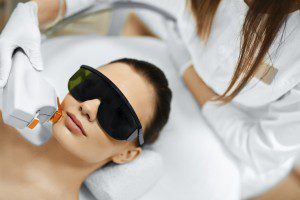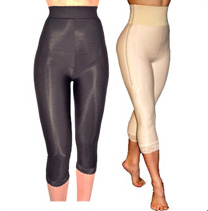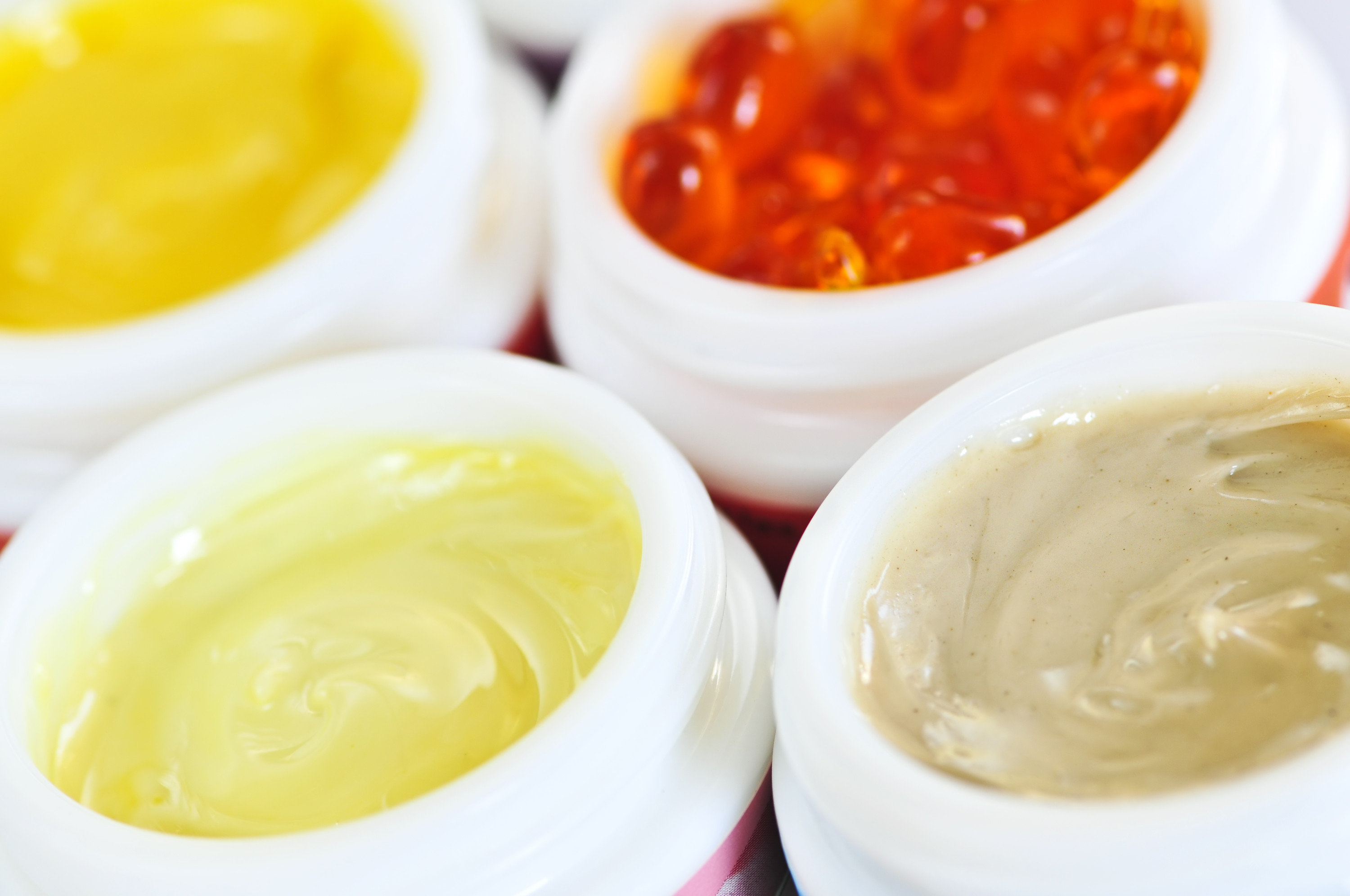Intense Pulsed Light (IPL) Therapy
-
Content written by Andrew Proulx, MD | Reviewed by EnhanceMyself Medical Team | Last updated 6/18/2023
- Overview
Overview
What is IPL therapy?
Intense Pulsed Light (IPL), also known as a photofacial, is a treatment that can correct a variety of benign skin conditions. IPL treatments use high-intensity pulses of light to penetrate the skin, heat the sub-surface layers and reduce the appearance of certain skin conditions.
IPL vs. laser skin resurfacing
IPL and laser resurfacing treatment are often confused with each other, but these treatments are not the same. IPL uses intense light from multiple wavelengths, while laser treatments use only one wavelength. Because the light used in IPL is less focused, the procedure is less invasive and causes less damage.
Cost of IPL treatments
The cost of IPL will depend upon the severity of the condition and size of the area treated. The average cost of IPL treatments is $397 for one session, according to The Aesthetic Society. Keep in mind that multiples sessions are often required to achieve desired results; usually 3 to 6 sessions are needed. Hair removal can require more treatments. When taking this into consideration, the average cost for a complete IPL treatment can range from $1,200 to $2,400.
Factors affecting the cost of treatment
There are several factors that can affect the overall cost of your IPL treatment. Some of these include:
- Your Provider: The experience and reputation of your healthcare provider can make a difference. Well-established clinics may charge more for their services.
- Treatment Area: The size of the area to be treated is a major factor. Smaller areas, like the face or hands, typically cost less than larger areas, such as the chest or back.
- Number of Sessions: The number of IPL sessions required for your specific condition can impact the total cost. Some conditions may require multiple sessions for optimal results.
- IPL Technology: The type of technology used by the clinic can affect the cost. More advanced and up-to-date equipment may be associated with higher fees.
- Treatment Purpose: IPL is used for various skin conditions, including hair removal, skin rejuvenation, and treatment of vascular or pigmented lesions. The specific purpose of the treatment can impact the cost.
- Package Deals: Some clinics offer package deals for multiple sessions or if you combine IPL with other cosmetic procedures such dermal fillers (Juvederm, Restylane, Radiesse, etc) to enhance the overall results. These packages may offer cost savings compared to individual sessions.
Additionally, other costs may be involved such as a surgical facility fee, prescribed medications, or anesthetic fees.
Most insurance companies do not cover IPL treatments because it is considered a cosmetic procedure. To get an accurate estimate, set up a consultation with a qualified provider near you.
Are you a candidate ?

You may not be a good candidates if you are:
- Pregnant or breast feeding
- Sensitive to light
- Use a retinoid cream
- Taking photosensitizing medications
- Taking oral acne medications
- Patients who often experience keloid scarring
Those with diabetes, hemophilia, or have a heart pacemaker should be treated with care when using IPL. On darker skin types, there is a risk of skin pigment changes after the treatment.
To determine if you are a good candidate, discuss your specific situation with a qualified healthcare provider.
Skin conditions treated
IPL therapy can treat a variety of skin conditions, including the following:
- Hyperpigmentation
- Acne
- Unwanted hair in all body areas (works best on dark hair)
- Pigmented lesions
- Unwanted tattoos
- Vascular lesions
- Port-wine stains
- Rosacea
- Freckles
- Birth marks
How to prepare for treatment
Up to 2 weeks before your IPL procedure you should avoid sun exposure, waxing, topical treatments that have vitamin A, and drugs that increase bleeding such as aspirin. Avoid using creams or makeup on the day of the procedure.
The IPL procedure
IPL uses light flashes to cause damage to the target area (i.e., age spots, freckles, etc.). You will be given dark glasses to wear during the procedure to protect your eyes from the light. The procedure usually takes 20-30 minutes. IPL usually causes minimal discomfort during the procedure, sometimes described as a stinging feeling.
Safety information
Most side effects of IPL treatments are minor and treatable, such as:
- Pain during treatment: This is common but can be reduced by contact cooling or a topical anesthetic.
- Swelling: This can last for a few days.
- Redness
- Blistering
- Crusting: Avoid scratching blisters or crusting to prevent scarring.
- Hyperpigmentation: This can be prevented by adjusting the wavelength for the patient’s skin type
Recovery time
Recovery from IPL is minimal. Most people can resume their daily activities immediately. Side effects like bruising or redness usually go away quickly, with most resolving in 2 to 10 days. A few important things to remember after the procedure:
- Don’t use hot water on your skin until it heals.
- Wear sunscreen for a few weeks after the procedure and avoid sun exposure when you can.
- Retinoids should also be avoided following IPL.
- Don’t swim in pools with chlorine.
- Avoid other things that could irritate the skin like chemicals, heat, and perfumes.
Of course, be sure to follow through on any other recommendations from your doctor, like taking any prescription medications.
When will you see results?
Patients typically won’t see results immediately after treatment. It may take 4-6 weeks to see the final results of a session. It usually takes a series of treatments over the course of a few months to get best results.
How long will your results last?
With proper skin care and sun protection, IPL results can last for years.
Alternatives to IPL treatment
IPL is not the only procedure used to treat unwanted skin conditions. Alternatives to IPL include lasers, chemical peels, and microdermabrasion.
- Lasers: Lasers use a single wavelength of light to treat pigmentation, wrinkles, and unwanted hair. The average cost of treatment is $1,963. While laser treatment is more expensive than IPL, it can achieve results in fewer sessions. It is also more appropriate for dark skin than IPL.
- Fraxel: Fraxel laser treatment is less invasive than traditional laser treatments as it uses a non-ablative laser. It is an effective way to treat a variety of conditions caused by aging and sun damage and it is appropriate for a wide range of skin types. The average cost for Fraxel treatment is $1201. 3 to 6 treatments are usually needed.
- Chemical peels: Chemical peels rejuvenate skin by applying an exfoliating agent to the skin which layers of the epidermis or dermis and leads to skin rejuvenation. Peels are classified based on how deeply they exfoliation the skin (superficial – deep). The average cost of a chemical peel is $644.
- Microdermabrasion: Microdermabrasion can treat a range of skin conditions including hyperpigmentation, acne, and scars. It is a safe procedure that uses a hand-piece to blow abrasive substances, like aluminum oxide crystals, onto the face and then vacuum them off. The average cost of this procedure is $136.
Whether you use IPL, or an alternative treatment will depend on your specific situation, including the skin condition you are seeking to treat and your medical history. It is important to speak with your doctor to determine the most appropriate treatment(s) for you, as all treatments have different requirements for candidacy, side effects and recovery times.
Are you ready to take the next step? The best types of doctors for this treatment are board-certified dermatologists, plastic surgeons, or facial plastic surgeons.
To learn more about IPL therapy, visit the National Library of Medicine website.
EnhanceMyself.com relies on sources such as professional medical organizations, government agencies, academic institutions, and peer-reviewed scientific journals to write it’s articles. Learn more about how we ensure our content is accurate, in-depth, and unbiased by reading our editorial guidelines.
*Medical Disclaimer: This website does not provide medical advice. Read more.




